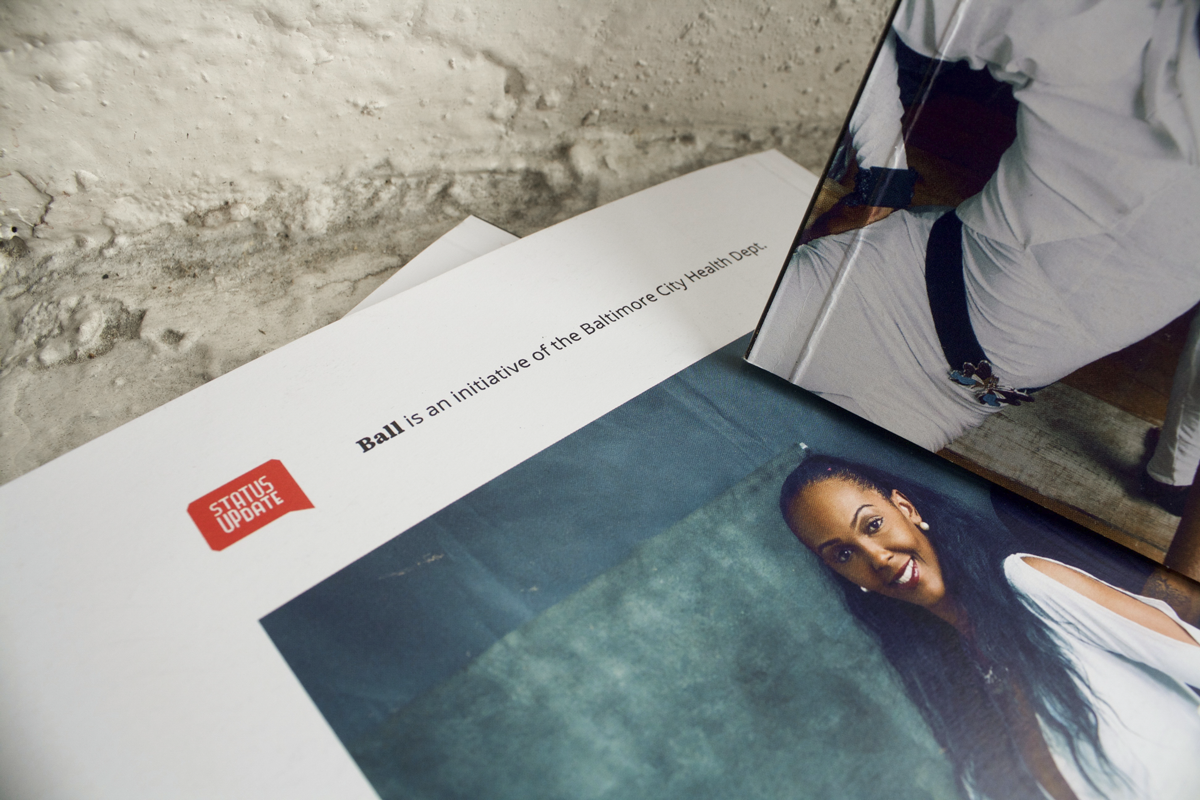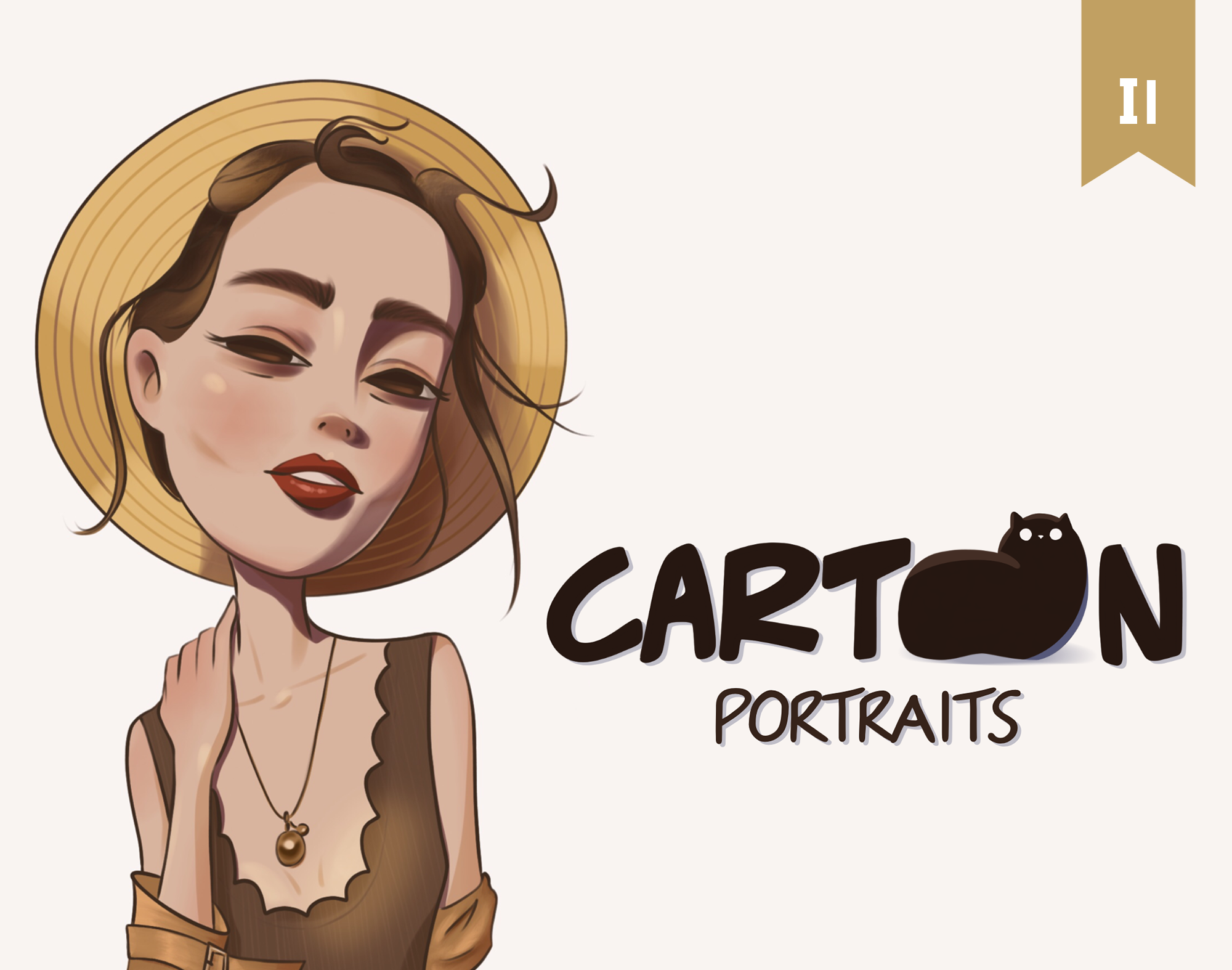BALL Magazine
BALL was created to encourage HIV treatment adherence and open up the conversation about what it means to be healthy and sexy. The publication focuses on sexual health, but also features fun Ball-centric articles that are exciting to read. The project was a collaboration between Olivia Johnson, Alexander Reynolds, Amy Hushen, and Nick Fogarty, and was created for the Baltimore City Health Department. Each team member holds equal responsibility in the research, content, and design of the book.
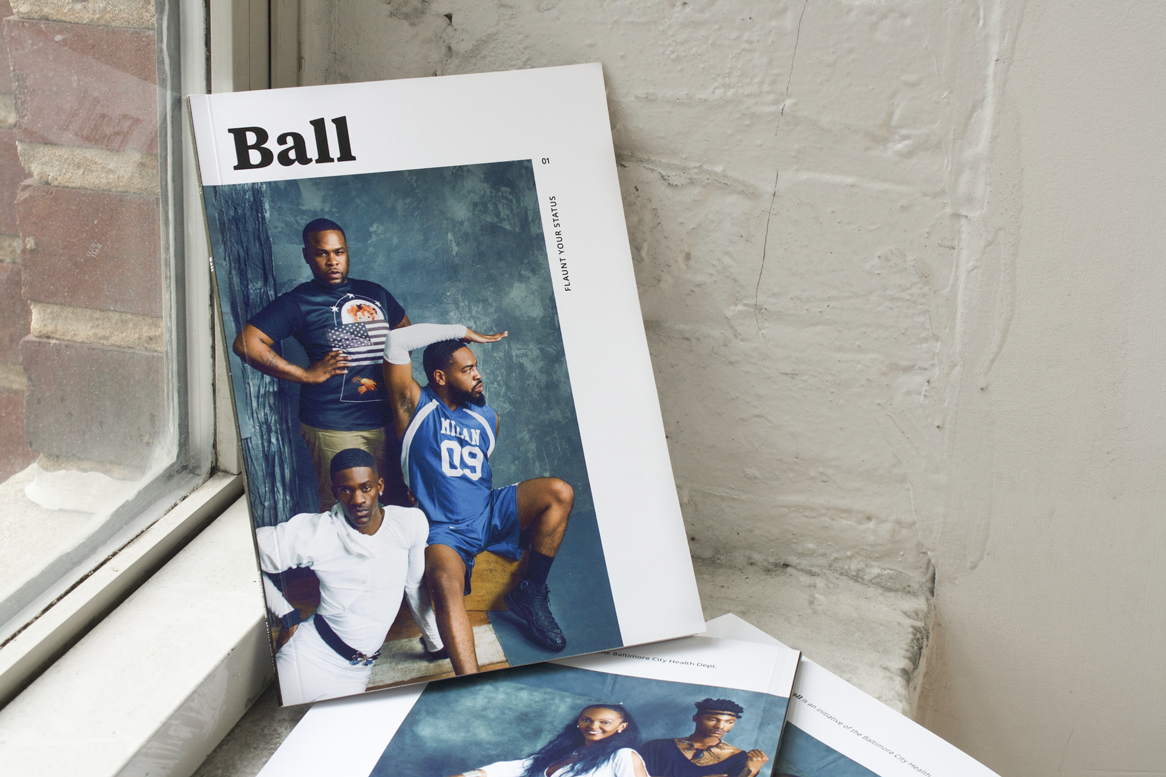
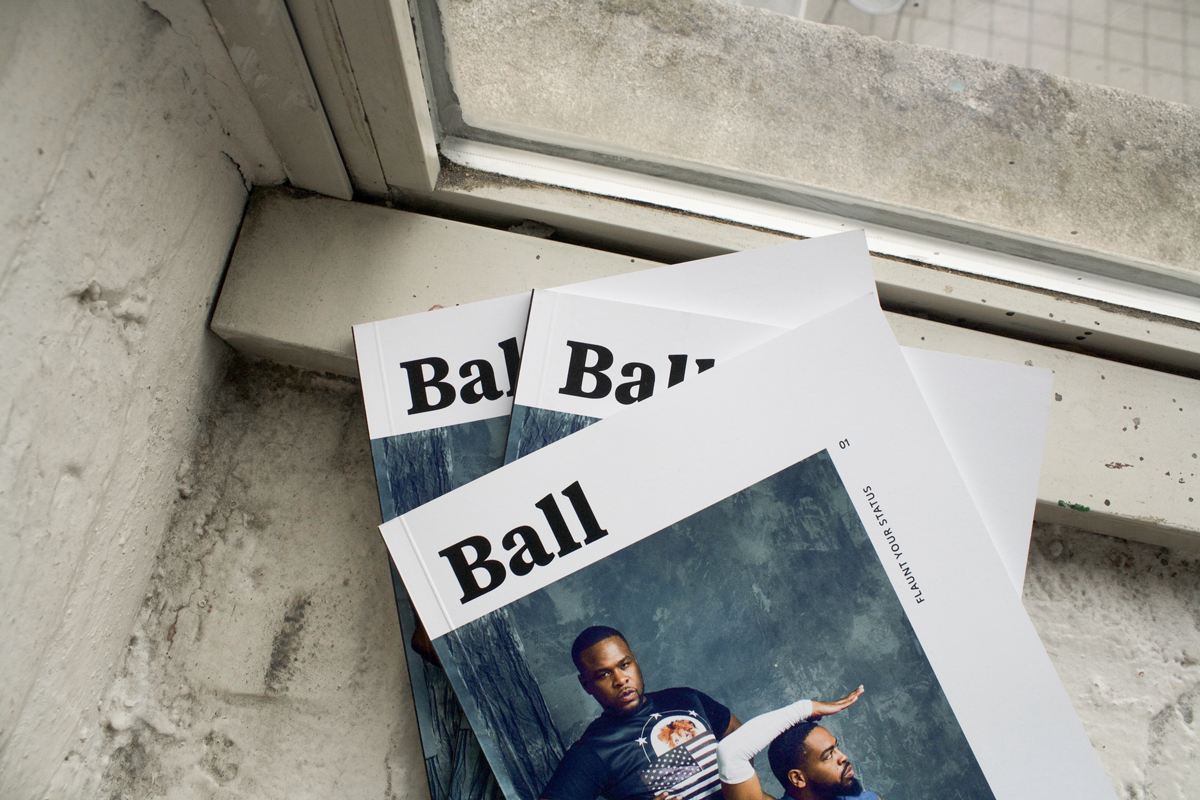
Context
In 2011, MICA's Center for Social Design collaborated with Baltimore City Health Department to create "Status Update." The campaign included posters on public transportation with the slogan "Have Balls, Get Tested" as well as the launch of a social media platforms and website (baltimorestatusupdate.com). The motivation behind the campaign was to promote testing for HIV and other sexually transmitted infections among African American MSM (men seeking men) in Baltimore.
In 2015, the Center for Social Design and Baltimore City Health Department partnered again to build on the success of Status Update and create something that would continue to bring the community together and help to dispel the myths and stigma surrounding sex and HIV.
After months of research, focus groups, and lots of doughnuts, a team of MICA students and public health professionals came up with the idea of a publication created for-and-by the Ball Community, a community primarily composed of black lesbian, gay, bisexual, transgender and queer (LGBTQ) individuals who attend competitive runway performance events. The result is BALL, a magazine with a mix of both practical sexual health information and fun Ball-centric articles.



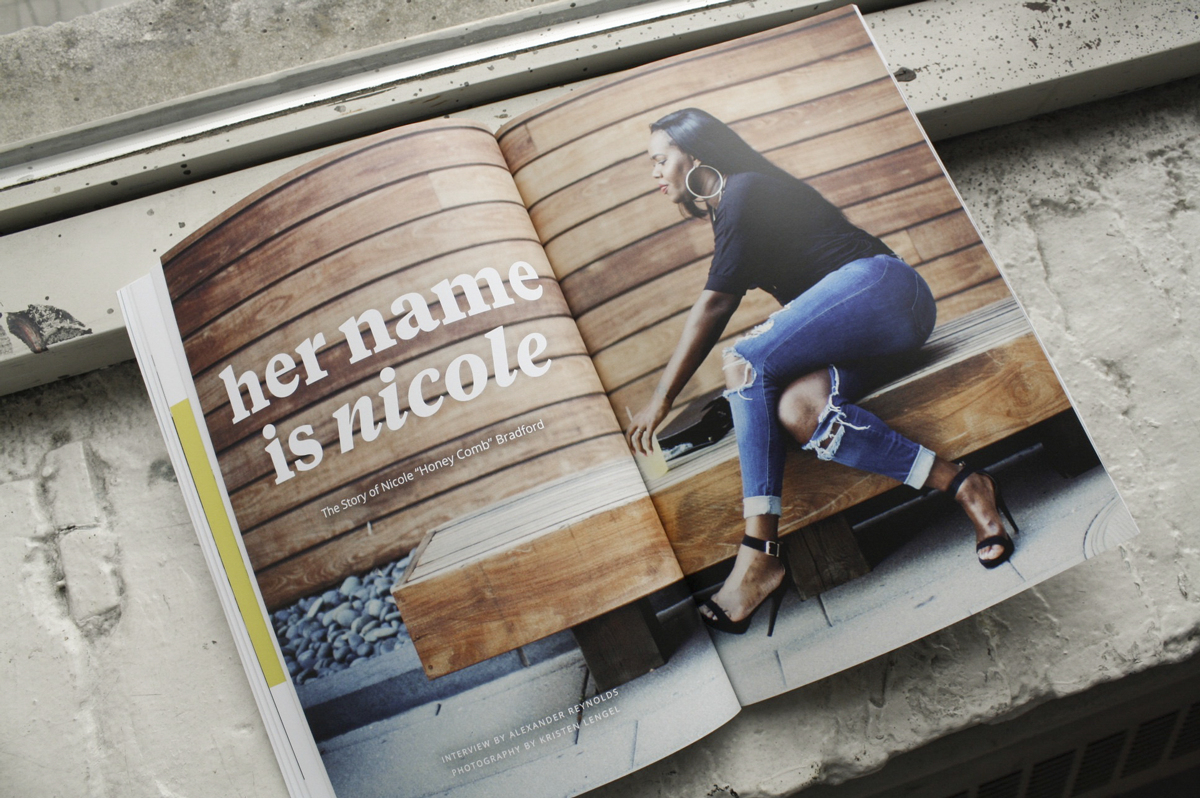
Process
The Center for Social Design utilizes a human-centered and collaborative process to understand social problems, identify opportunities for intervention, generate ideas, and make tools that support positive change. Our goal is to shift relationships between people and people, and people and institutions. Our process includes six interwoven phases:
1. Translate / Frame: Students organize existing scientific data and research associated with the problem. They facilitate discussions and create visualizations to better understand key data and research and to appropriately scope the engagement to accentuate target behavior and outcomes.
2. Research: Students work to understand the culture and context of the problem by understanding the culture and context of people. They talk to, observe, and learn from the audience and stakeholders to locate needs and assets.
3. Synthesize: Students compile observations and research findings. They create visualizations of key research and look for common themes and insights in order to identify appropriate opportunities for intervention.
4. Ideate: Students generate as many ideas as possible and defer judgment.
5. Prototype: Students make tangible representations of ideas and give them form. They prototype with users to better test assumptions, lower risk, align partners and stakeholders, work through arguments and reveal potential problems early.
6. Test / Implement: Students share and apply ideas and prototypes in context. They document and collect feedback to inform future strategies and solutions.
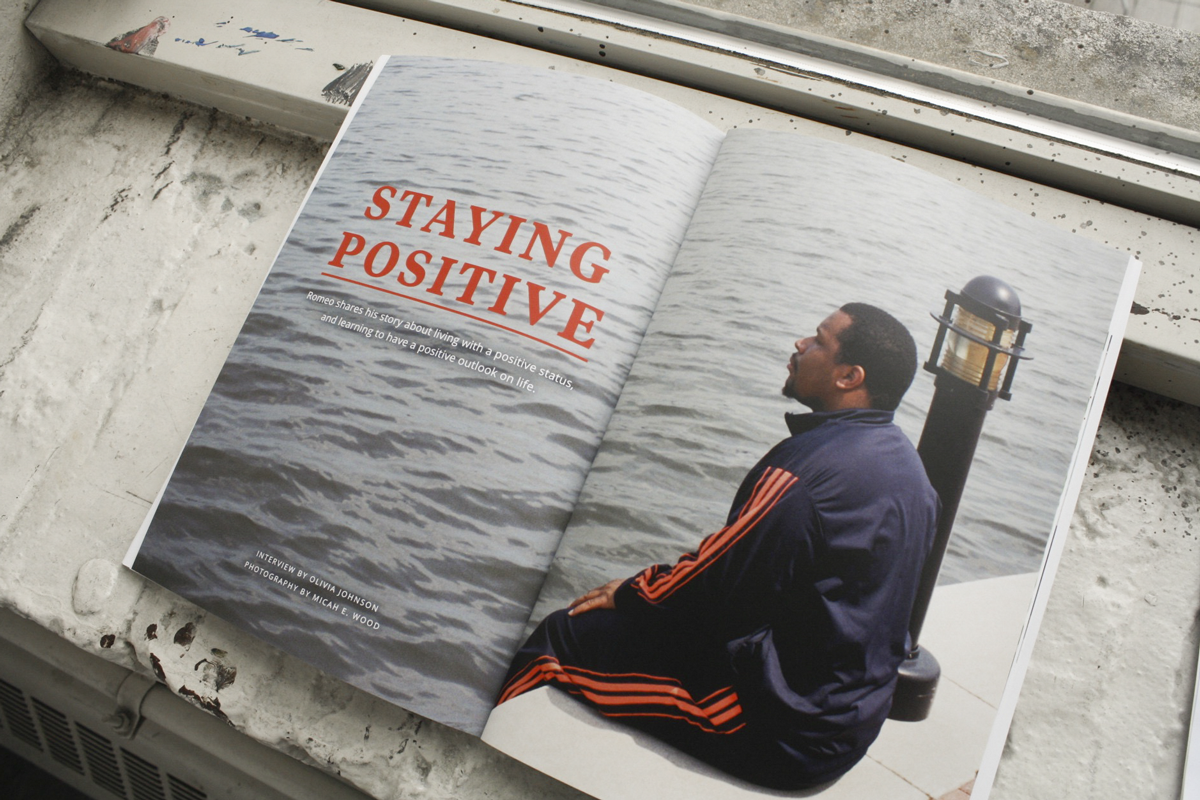
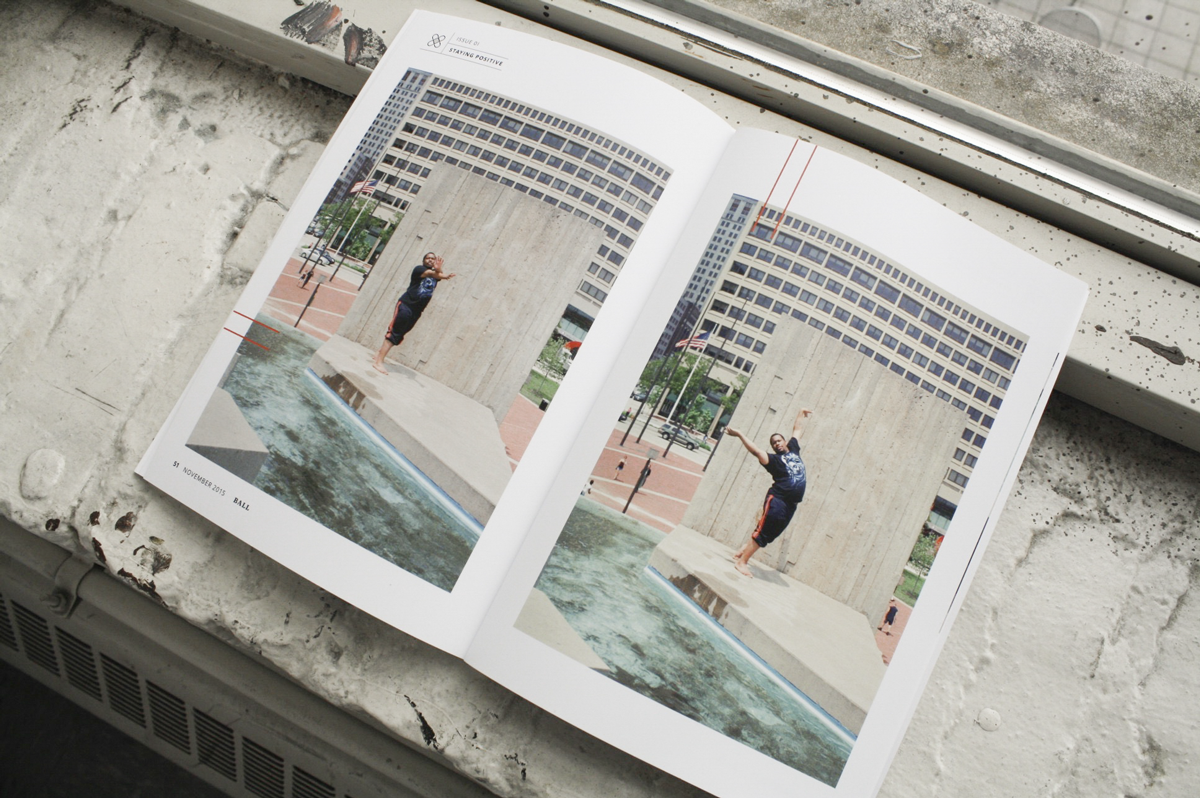
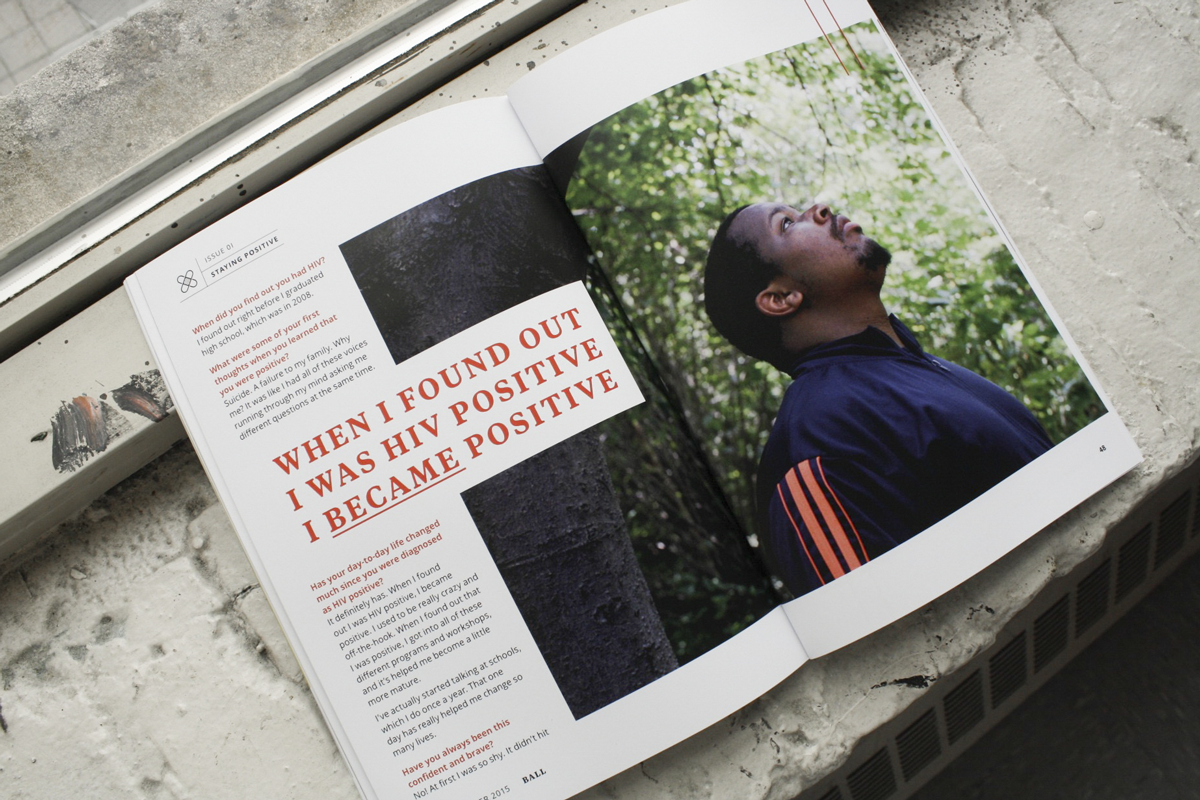
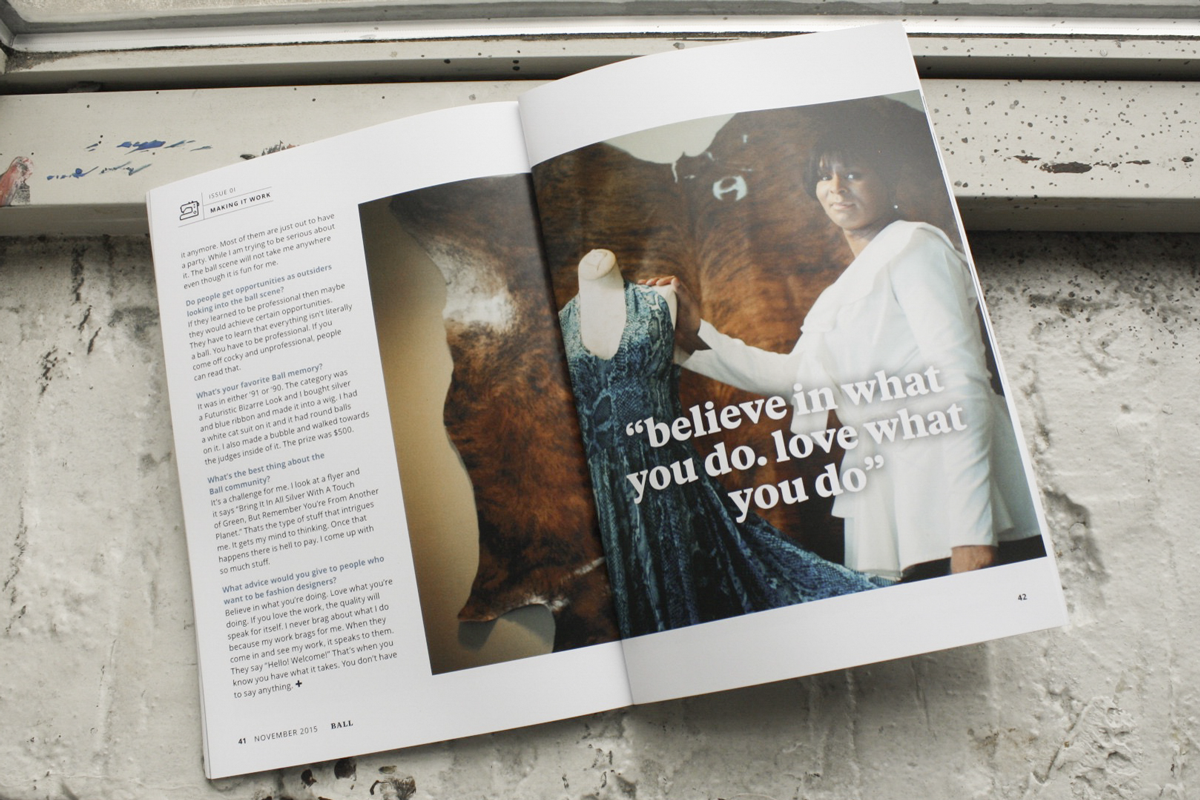
Impact
Since printing, over 800 copies of BALL magazine have been distributed at Ball events and health clinics around Baltimore. Planning for the next issue is already underway. Beyond the publication itself, the success of the BALL magazine has resulted in additional funding and support for Baltimore City Health Department and MICA's Center for Social Design to continue working together. In collaboration with key stakeholders and members of the community, they will build on past work and continue to develop strategies that engage the HIV-positive African American MSM population in Baltimore City to seek and maintain care, stay on their medication, and maintain safe practices to decrease the rate of transmission of HIV, syphilis and other STDs.
